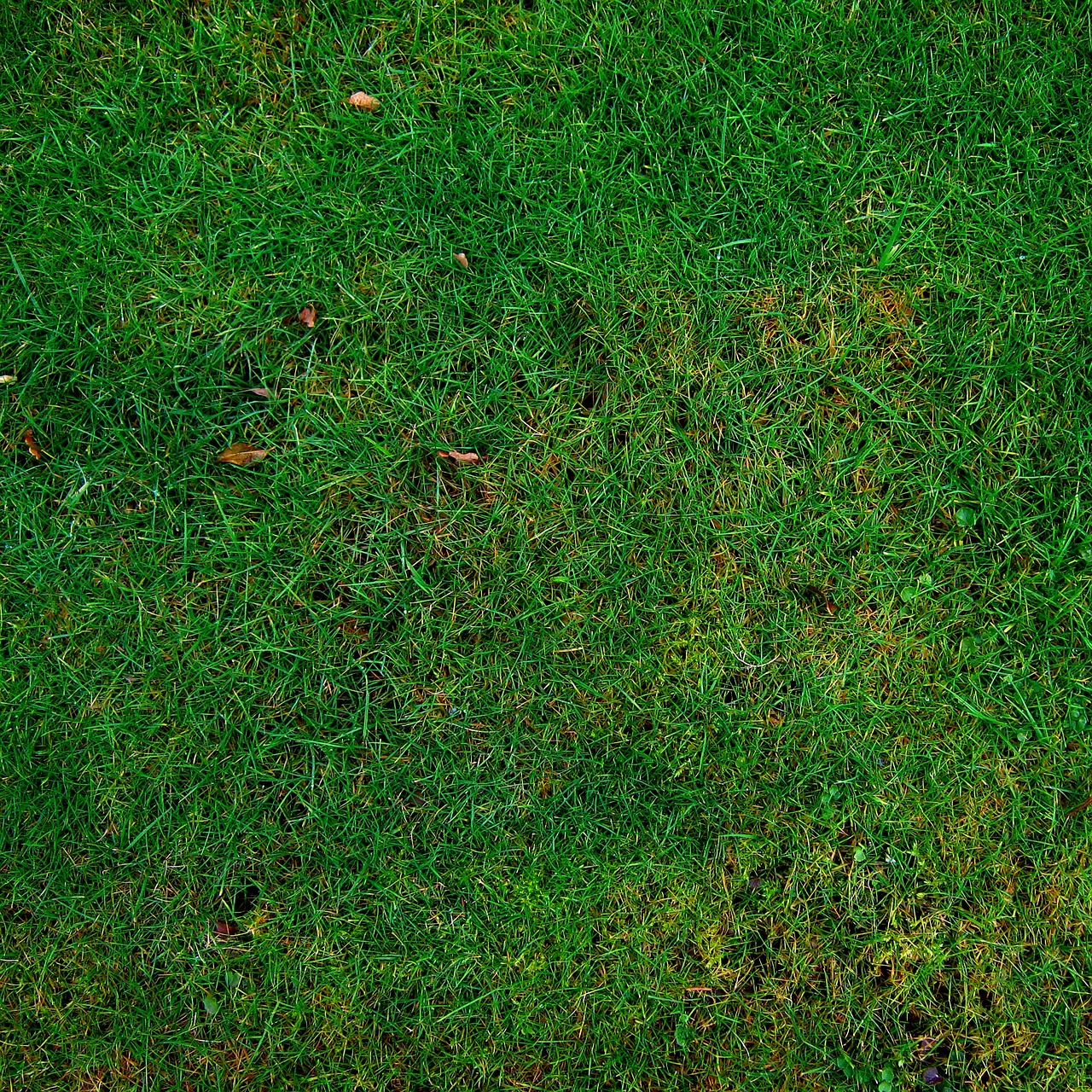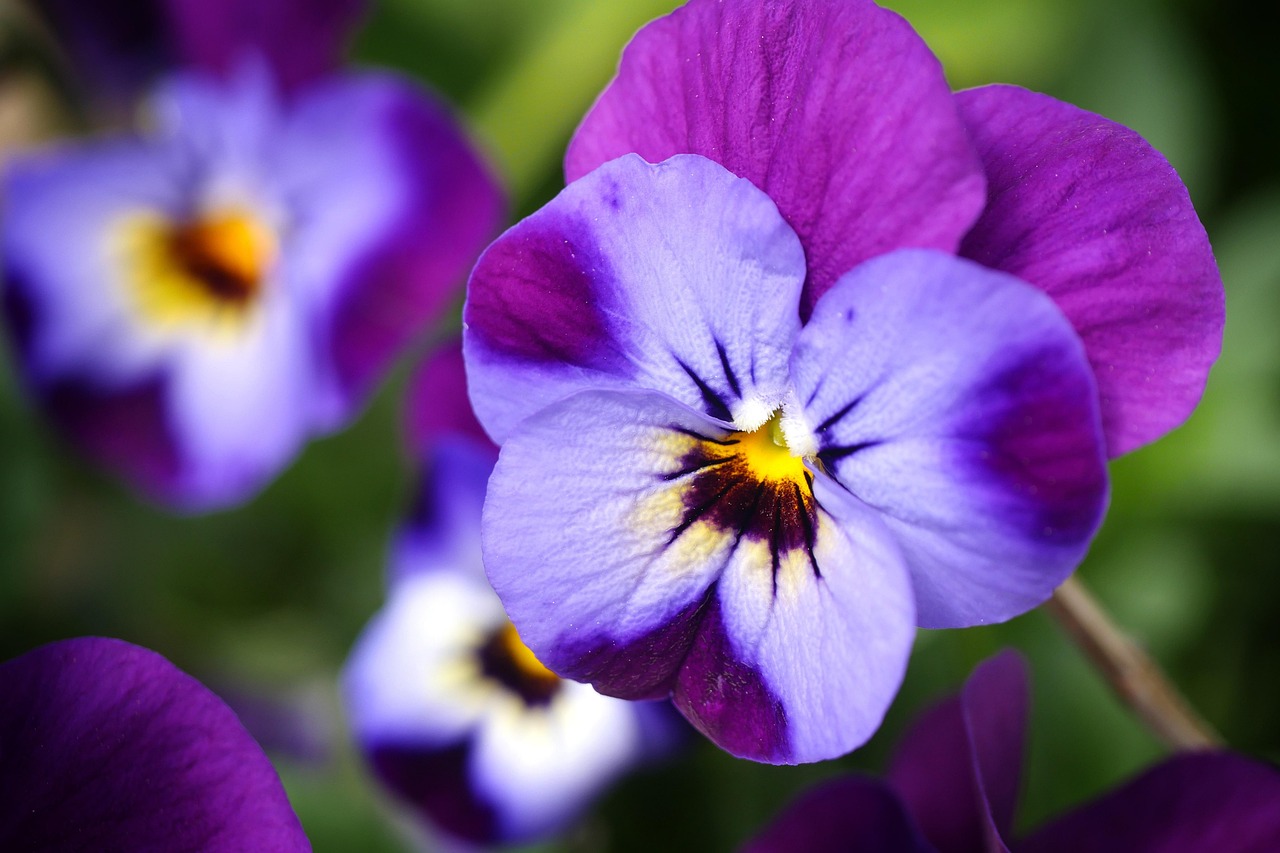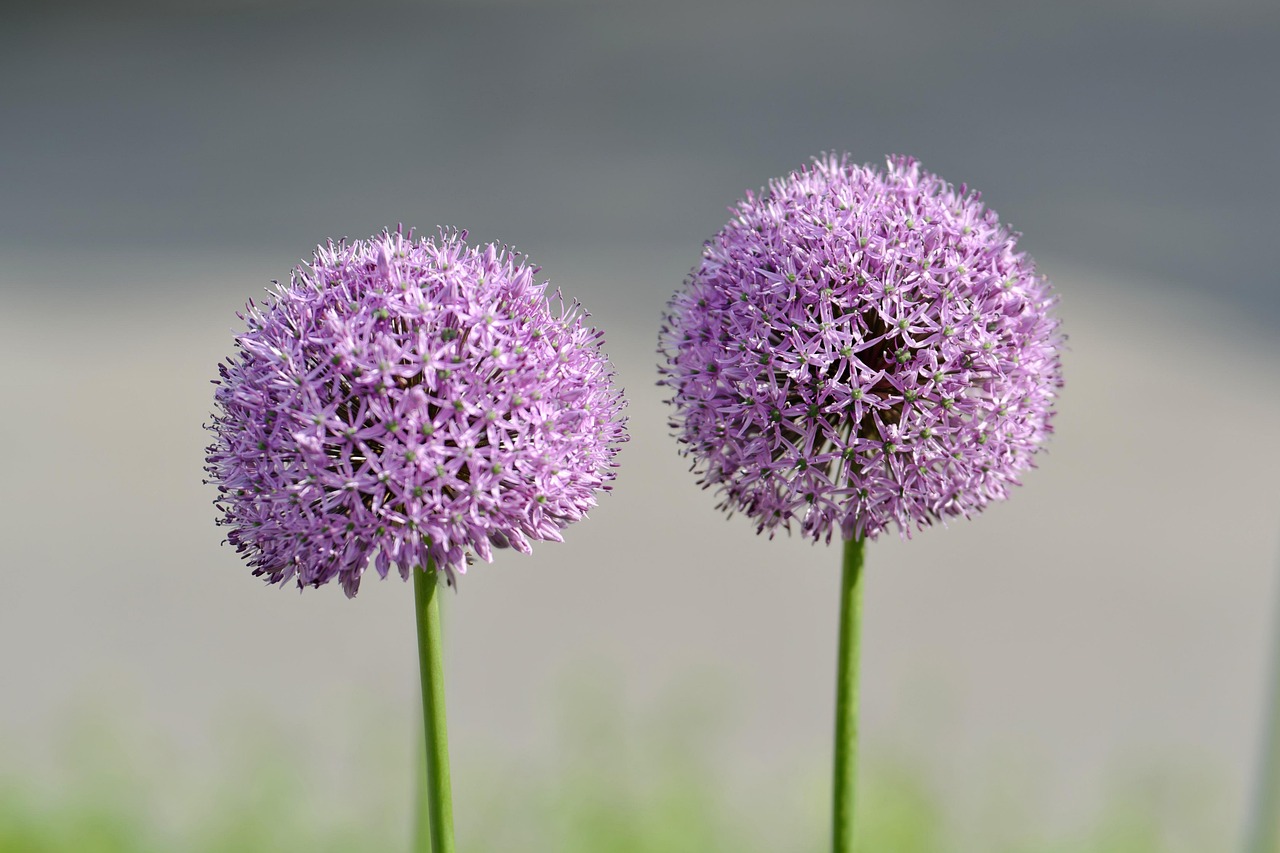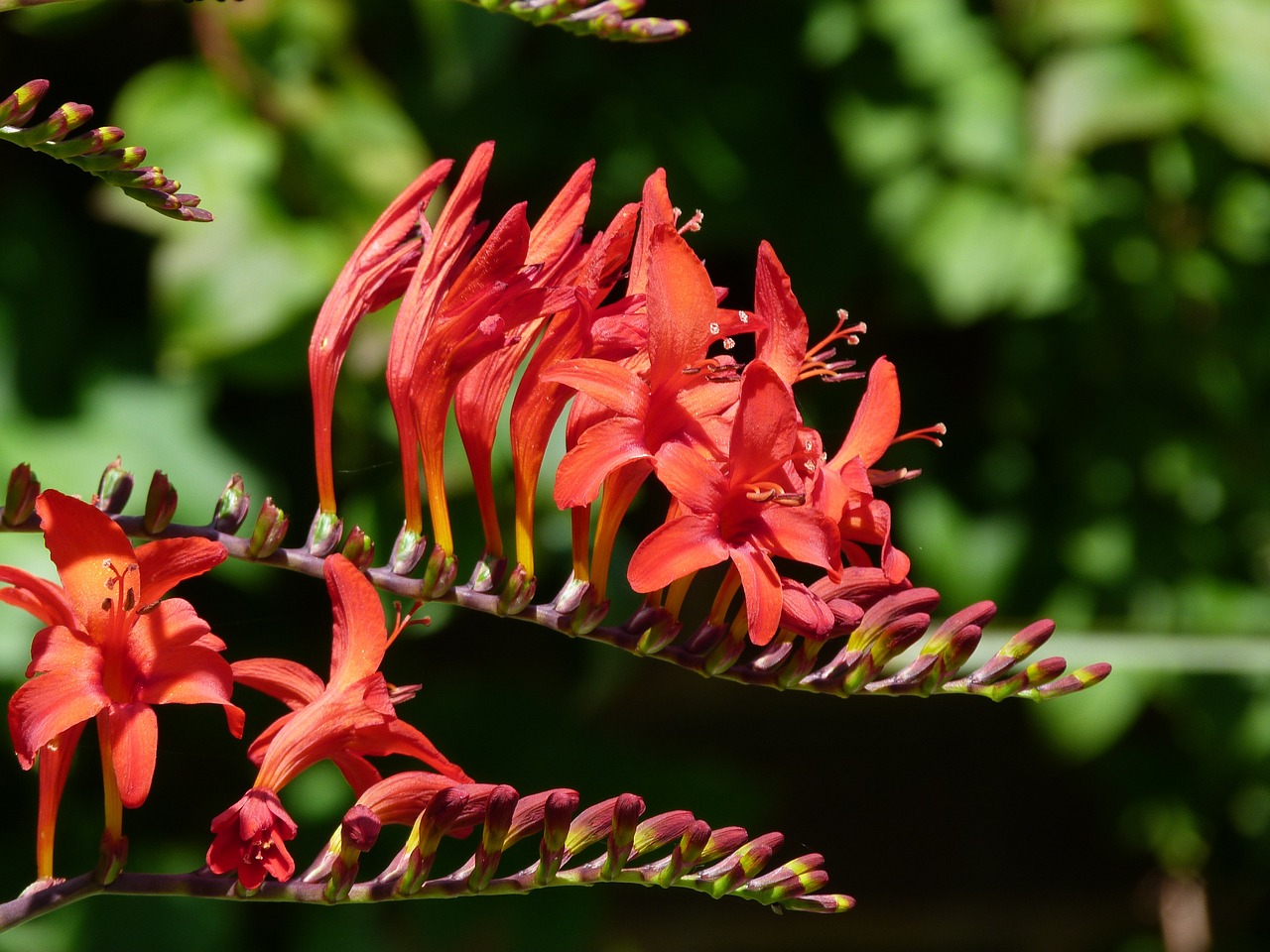March “Garden Tips” ~ Opening A New Season
Time to Awaken Your Landscape
We have learned from years of experience that a poorly designed or maintained landscape doesn’t satisfy over the long-term. Possibly a poorly selected tree or ornamental shrub may well become problematical in later years because it was the wrong variety planted in the wrong place. Then there could be trees that were not trained by proper pruning from the very beginning, which causes extra expenses later on. Often we find trees and shrubs that were planted without proper soil preparation. They seldom thrive, which of course invites ongoing insect and disease problems that cause extra expense, as well as dissatisfaction, throughout the life of the plant. Finally, selecting the correct grass varieties is imperative to have a beautiful lawn . . . otherwise, with poor varieties, the lawn will require ongoing expensive rescue procedures year after year, and still not provide the owner with a lawn they can enjoy.
Landscape plants have a remarkable ability to survive poor growing conditions.
But, we don’t want our plants to “just survive.” We strive to provide the care they need to really “show off!”
Daffodils - Heralds of Spring
Proffesional Tips
Houseplants: will now need a light monthly fertilizing and will want more watering, especially if they are in bright light.
Lawns: will need fertilizing to awaken them from dormancy. They may also need repair from salt, disease and traffic damage.
Trees & Shrubbery: may need restorative trimming/pruning if damaged during the winter. And, fertilizing may be needed for a strong recovery.
Horticultural Oil or Soap Spray: will definitely be needed if scale insects have infested your trees or shrubbery or privet hedges.
Cleaning Up Winter’s Mess & Preparing for Healthy Beauty
No one can predict what damage winter weather may cause. Storms can rip branches from trees and split weak crotches. Snow can disfigure ornamental shrubbery by weighing down branches. Cold winds can “burn” exposed, tender evergreen leaves and needles. Snow, ice, salt and winter diseases can disfigure turf. We never know!
 Some situations can be intuitively predicted through experience, and measures taken to prevent or minimize losses, such as: keeping trees pruned yearly and inspected for weakness in the trees’ structure; fertilizing and amending the soil for shrubbery; antidesiccant coating on evergreen foliage to conserve moisture during the winter; soil testing to be sure all needed nutrients are available for trees and ornamentals, to minimize insect and disease occurrences; special nutrients to make turf winter-hardy.
Some situations can be intuitively predicted through experience, and measures taken to prevent or minimize losses, such as: keeping trees pruned yearly and inspected for weakness in the trees’ structure; fertilizing and amending the soil for shrubbery; antidesiccant coating on evergreen foliage to conserve moisture during the winter; soil testing to be sure all needed nutrients are available for trees and ornamentals, to minimize insect and disease occurrences; special nutrients to make turf winter-hardy.
As caregivers, we dream of nurturing a perfect landscape with indigenous plants, in a fertile, pH-correct soil, where natural predators keep all insects at bay, and diseases are avoided because all plants are very healthy!
And to keep dreaming, grass is limited to two inches, trees correctly grow only the branches they need, shrubs don’t produce dead twigs, they grow just a little so we have to pay some attention to them. And weeds don’t come up in flower beds.
Because this is just a dream, we exist to provide needed horticultural services to prepare and sustain your landscape in a healthy, beautiful condition for your continued enjoyment! We trust you’ll enjoy this new season!
 For An Early Start
For An Early Start
Pansies are great to complement spring bulbs, and are beautiful in containers, in window boxes, or on your patio.
 A Bit Later
A Bit Later
Alliums Alliums are spectacular works of art, performing late spring ‘til summer on three-foot stems. They last weeks as cut flowers.
 And ... Still Later
And ... Still Later
Crocosmia Fire King puts out flaming-red tubular blossoms on two-foot, sword-shaped foliage, early-to-mid-summer.
Continuous maintenance efforts go a long way to minimize or prevent damage; or, in case of damage, to better ensure a beautiful recovery.
Keep Your Landscape Fresh And Interesting
Just thinking . . . how about a container garden with flowers and evergreens that could be moved into a new design whenever you tire of the “old” design?
This idea provides great flexibility, giving small gardens the dynamic of a larger landscape!
Or . . . create a new “focal point” in your landscape. It need not be elaborate, just interesting. And what could create more interest than three-foot “elephant” leaves embracing a border of colorful caladium in a new setting as pictured here?
It would become a tropical display that everyone will notice with delight.